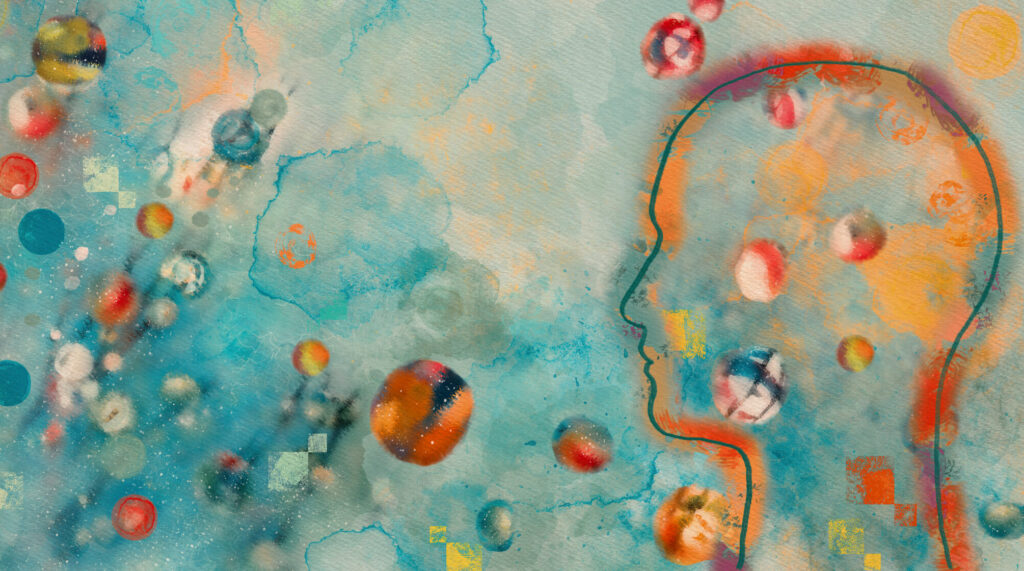Shame is thought to be the snatcher of intimacy.
Two moms are sitting and talking as their kids play on the public playground. In the middle of a sentence she sees her child hit the other child. She likely snatches her child up, apologizes and leaves the playground immediately. Perhaps, she’s too embarrassed to apologize or close the conversation at all.
A gal arrived to the restaurant for her first date a few minutes early. She runs to the restroom to calm her nerves and freshens up. As she walks out to meet her date, she notices him looking down at her shoes. There’s toilet paper dragging behind her, attached to her shoe. She blushes and runs right back into the restroom. She’s left pondering: “Do I go back out to meet him or do I wait in here until he leaves?”
A family event called for a young professional to visit his hometown after many years away. As he pulls into his parent’s driveway he hears that dreaded high school nickname. The one that made him feel small and insignificant. Does he turn towards the person and catch up or act as though he didn’t hear it and hurry inside?
As you read each of the scenarios, did you notice anything change in your body?
- Temperature?
- Tightness?
- Facial expression?
- Posture?
- Clinching of your fist?
- Heart beat?
- Speed of breathing?
- Butterflies in your stomach?
Brene Brown, who in seeking to research connection became one of the world’s shame experts, defines shame as:
The intensely painful feeling or experience of believing that we are flawed and therefore unworthy of love and belonging—something we’ve experienced, done, or failed to do makes us unworthy of connection.
Shame makes us feel “unworthy of connection.”
When we feel ashamed, we often allow negative thoughts such as: “I’m not good enough,” “I’m not important,” “I’m a bad person,” “I’m a disappointment,” or “I don’t deserve love” to identify us.
Often times, we learn these negative messages about ourselves through conflict, crisis, or trauma early in life. In response to conflict, we can either escalate or de-escalate. Shame is a defensive, survival response, which communicates surrender or submission.
If you’re familiar with the three F’s—fight, flight, and freeze—shame is most associated with freeze.
So how do we move from being frozen in a sense of unworthiness towards a freedom to connect?
1. Take a time out or pause
- Acknowledge your emotional feeling, physical feeling, and label the thought(s) that are loudest
- Remain mindful of your present experience.
- Fill in the blanks: “I feel ___, because ___. I need ___, to feel ___.”
- Ex. I feel scared, because I don’t know anyone. I need to bring a friend with me to feel brave enough to mingle in new environments.
- Recognize the tools and resources you have access to (people, places, hotlines, hobbies, a mentor, a therapist, practices, personal strengths)
- Select the tools which will best support your present need
- Practice your tools, breathing mindfully, and remembering your capacity to connect comes from within. Meditate on the phrase which strengthens you to connect. Perhaps, the positive cognition associated with the initial negative cognition. You may choose to process and reflect in a comfortable posture, or may choose to journal.
- Move into a posture, aware of your worthiness to connect. Loosen your body by stretching your hands and feet, rolling your shoulders, and straightening your back and neck. With your hand on your heart, inhale deeply and exhale. Repeat three times or until a sense of calm reassures you.
2. Re-enter into an environment of connection with others after reconnecting with yourself.
Consider a knight dressed in armor. He’s prepared for battle, but this time, the occasion is a dinner. There are cue cards in the middle of the table for guests to mingle with one another. The knight finds himself listening to another guest share his/her dreams. Once the guest finishes, he/she turns towards the knight, “what are your dreams?”
With his armor still on, the knight avoids replying. There will always be a lack of depth in conversation between two guarded individuals.
Our natural defenses protect us only for so long. At some point they sabotage us by leading us into isolation, stuck in the hurts of our past, fearing the future. To connect, we must practice the courage of being vulnerable with ourselves, others, and God. We strip away the defenses that are no longer in our favor and practice new, helpful tools.
Practicing the courage to be vulnerable is an act of loving-kindness which builds and strengthens connection by saying, “Fear, not today. Today I will move forward into who I want to be as I relate to the world around me. You will not stop me. Instead, I will remind the world, ‘you are loved’ and I will remind myself ‘I am loved, too.’”
Start by asking others “how are you?” and hanging around for the answer, their real answer. And, when asked, “how are you?” allow the other person to meet and greet your real, as well.








